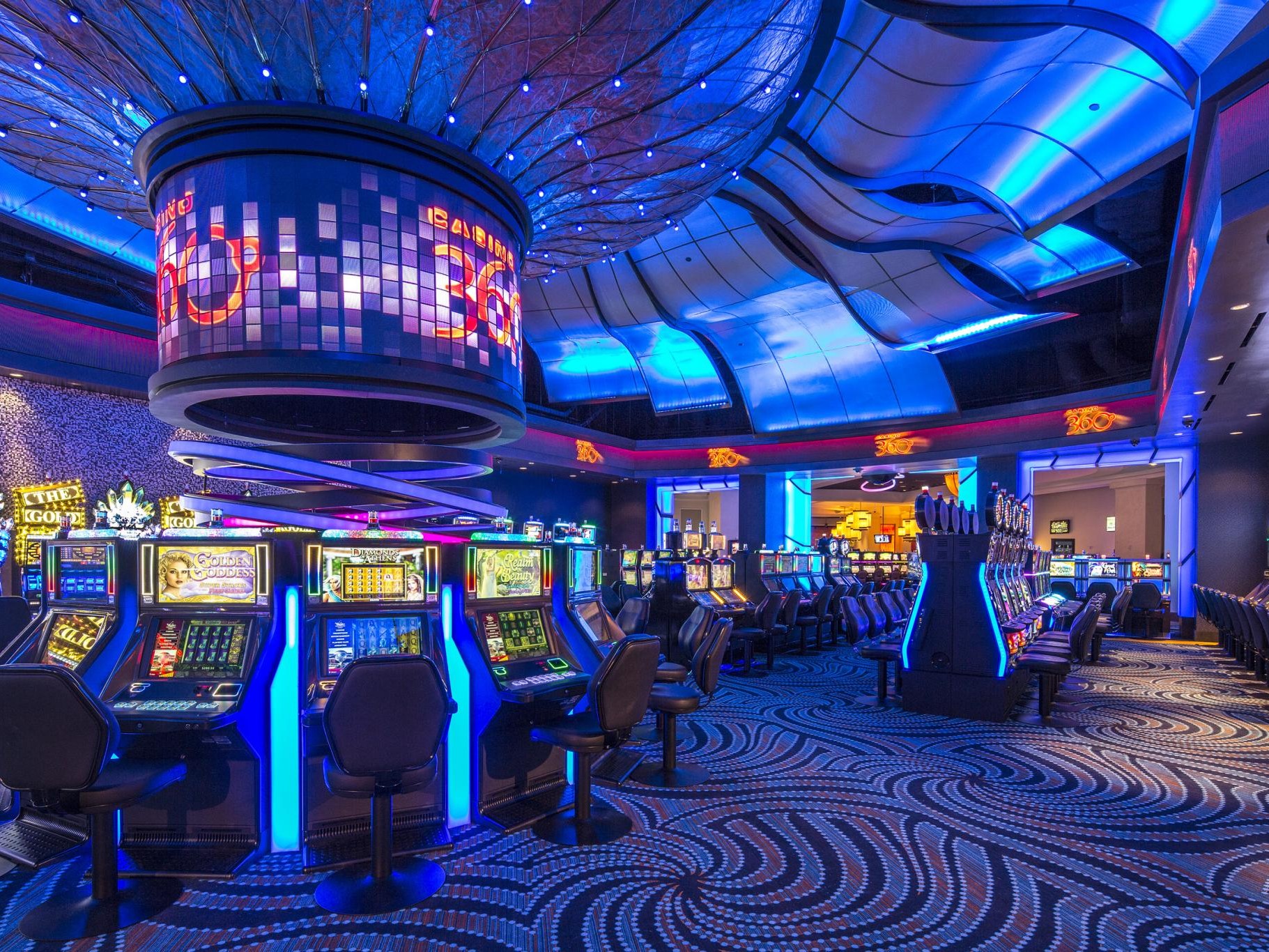
Casino experiences have long captivated the human imagination, drawing participants into a universe filled with chance, tactics, and the allure of excitement. Each experience is meticulously crafted not just for fun, but also to elicit targeted emotional responses that keep players immersed and interested. Understanding the motivations behind these designs reveals much about how human psychology plays a crucial role in the gaming experience.
From the dazzling lights and lively sounds to the intricate layering of systems and rewards, casino games are designed to create an atmosphere of thrill and eagerness. Game designers leverage mental cues to influence participant behavior, whether through the use of jackpots, near-miss scenarios, or social interactivity. By examining these aspects, we can better appreciate how casino games fulfill not just a desire for entertainment, but deeper psychological needs for adventure and hazard.
Understanding Player Behavior
Casino games are designed with a deep understanding of gamer psychology, which is vital for luring and holding players. The rush of the game, coupled with the hope of winning, creates a formidable allure. Game designers employ elements like sonic elements, vibrant graphics, and immersive gameplay to capture attention and generate emotional responses. These sensory elements enhance the overall experience, making players feel more attached in the game.
Another important aspect of player behavior is the notion of risk/reward dynamics. Casino games often weigh high-stakes situations with the potential for substantial rewards, which can result in the occurrence known as near-miss experience. When players come near to winning, the brain secretes dopamine, reinforcing their behavior and encouraging them to persist playing in search of that fleeting win. This cycle of hope and frustration plays a crucial role in how games are constructed and promoted.
Lastly, social factors also play a central role in player behavior at casinos. Nhà cái WW88 Many games are made to be played in groups or with other players, fostering a sense of community and communal experience. The community engagement inherent in games like poker enhances enjoyment and can result in extended gameplay. Designers take advantage on this by designing environments that invite players to stay, interact, and revisit, making the overall casino experience more attractive.
The Role of Imagery and Audio
Visuals and sound play a vital role in improving the gambler’s experience within casino games. Designers utilize bright colors, eye-catching graphics, and captivating animations to capture players’ attention and hold their interest. The use of motifs, such as adventure or luxury, helps create an engaging atmosphere that transports players into another world. By appealing to the senses, these elements add to a intensified emotional response, prompting players to engage more profoundly with the games.
Audio design is just as important in reinforcing the experience of casino games. The mix of ambient music, audio effects for successful combinations, and ambient noises creates an auditory landscape that holds players fascinated. Audio cues associated with wins, such as chiming bells or festive music, evoke feelings of thrill and satisfaction, prompting players to continue playing. These sound cues are carefully placed to amplify the excitement of the game and create a more immersive experience.
Additionally, the alignment of visuals and sound is crucial for reinforcing the game’s overall concept and mood. Each element should align harmoniously to create a cohesive experience that pulls players in. The effective use of this integration not only enhances user enjoyment but also increases the likelihood of repeat play, as players become more invested in the captivating world that the gambling games offer. This thoughtful integration of visuals and audio ultimately enhances player involvement and commitment.
Reward Systems and Participation
The creation of casino experiences heavily relies on incentive systems to keep participants engaged and coming back for additional experiences. These systems are rooted in behavioral principles that take advantage of human behavior and motivation. Players are often driven by the excitement of winning, which is reinforced by immediate responses through the game structure’s mechanics. This instant gratification not just improves the overall experience but also fosters a feeling of achievement, encouraging participants to keep participating in hopes of bigger gains.
Gaming establishments implement various reward structures, including jackpots, extra rewards, and multipliers, to engage participants. These elements create a level of excitement that sustains interest. Additionally, the unpredictability of outcomes plays a significant role in sustaining interest. The intermittent reinforcement schedule, where successes are unpredictable but happen often enough, maintains participants on edge and motivated to keep playing. This cycle of anticipation and anticipation is foundational to the success of gambling experiences.
In addition, social elements, such as tournaments and collaborative options, boost the engagement factor by leveraging the desire to compete of players. The shared experience of playing with others can amplify the excitement of winning and create a community atmosphere within the casino. By integrating these social dynamics with effective reward systems, casino games don’t just offer entertainment but also foster a stronger bond among participants, reinforcing their commitment to the overall experience.
